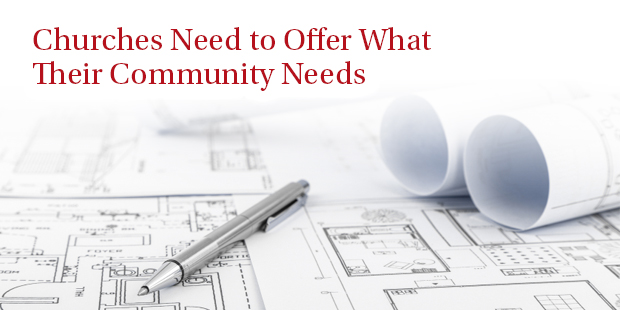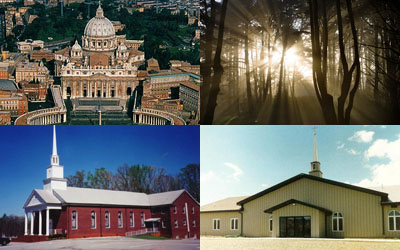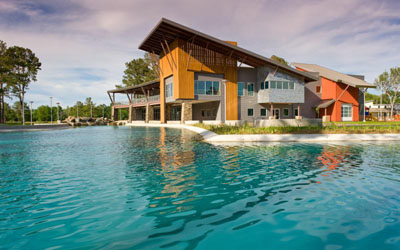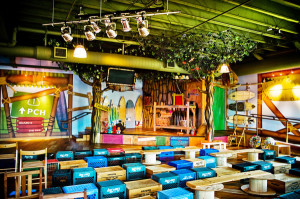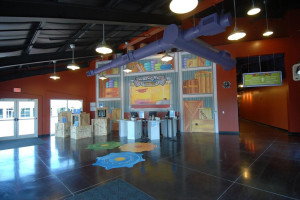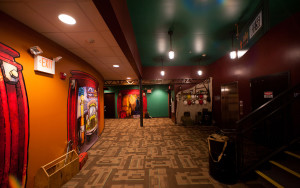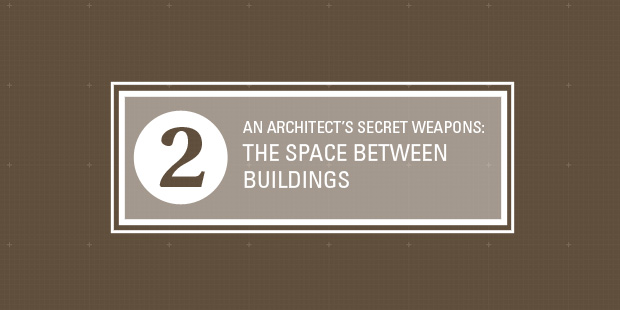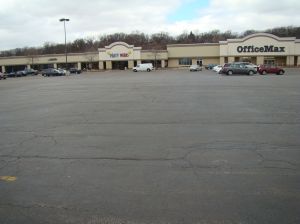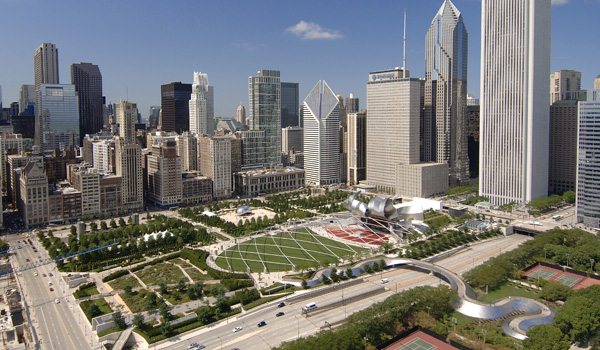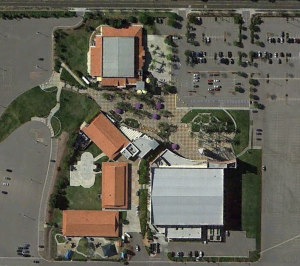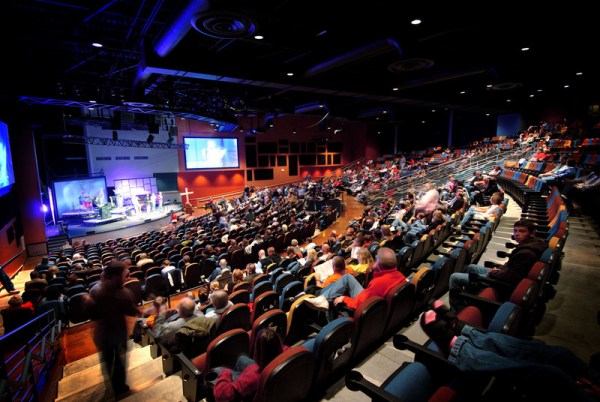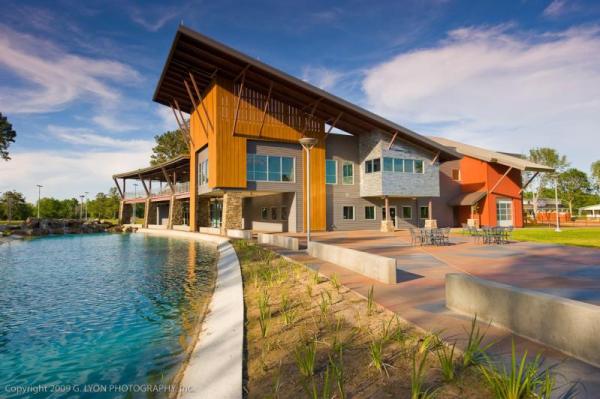
What Makes Your Church Different from 10,000 Other Churches?
God has given your church a specific place and people to minister to. There is no other church in the world exactly like yours, equipped to serve God and your community exactly the way He intends for you to do it. To borrow a phrase from my friend, David Putman, you’ve got to break the missional code of your community. David co-authored the book “Breaking the Missional Code” with Ed Stetzer. In a nutshell this says that you need to find out specifically what it is that your community needs and be that for your community in order for them to be receptive to the gospel.
Our partner Auxano states it in a question: What makes your church different from 10,000 other churches?
Find out what this is for your community and then go be it. Rick Warren was successful with his church model in his specific community in Southern California, but that doesn’t mean you will be successful with his church model in your community in rural Tennessee. Understanding this should give you a sense of relief and freedom, and it should transform your church programmatically and physically. Understanding this will help you see how you can employ intentional and strategic design to best utilize your site and facilities to become the heart of your community.
If your architect or design-builder brings you a set of “stock” plans to pick from (or a set of plans that might as well be, because it looks just like every other church you’ve ever seen), just remember, you get what you pay for, and what you get may have worked for the first church is was designed for, but you aren’t that church, and it may not work for you or your community. Now what I’m NOT saying is that every project has to be designed from scratch. Each project doesn’t have to reinvent the wheel. In fact, to paraphrase a quote often attributed to various artists of different mediums, good architects borrow half of what they design, and great architects steal it all.
What this means is there are so many good design elements in existence in both the church and “secular” world and so many well established design “rules-of-thumb” for various ministry programs such that a great architect can draw from a wealth of resources and knowledge of built environments to pull together (“steal”) all the design elements into a cohesive, but still unique, plan that is right for your ministry and your community.
Don’t let any architect or design-builder presume to tell you who you are as a church. The great ones will find out what your DNA is and design a solution to meet your specific functional needs as a church…and your missional needs for your community. A great architect will design with the regional context in mind, taking the time to understand what makes a site in Atlanta different from a site in Louisville, or Los Angeles, or anywhere in between. A great architect will investigate and understand the specific opportunities and constraints of your site, and won’t suggest a “stock” plan to plop down on any site and “make it work”. Your church is not McDonalds, so don’t let your building look just like another McChurch down the road.
The key thing to look for when seeking out an architect to partner with your ministry is how well they listen to you about who you are and who you are trying to reach, so that with intentionality they can create a design to tell your unique story in the built environment. Partnering with a good architect may get you into a functional building, but partnering with a great architect will help your church “do your own thing” better than you could ever imagine.

Tags: Jody Forehand, Kingdom Concept, Local Predicament, local context












